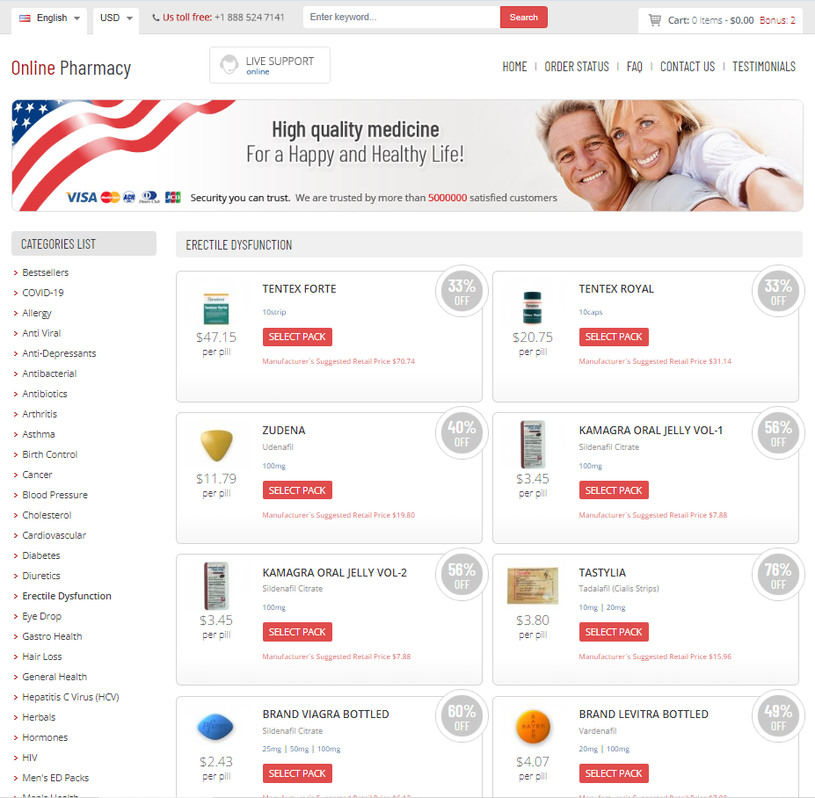Buy Baclofen Online UK. Visit Our Pharmacy ↓

Baclofen: A Comprehensive Review for Effective Spasticity and Pain Management
Introduction: Why Baclofen Should Be in Your Treatment Arsenal
As a physician, I am constantly searching for effective, well-tolerated treatments that improve patients' quality of life. Baclofen is one such medication—a powerful muscle relaxant and antispasmodic agent that has transformed the management of spasticity, chronic pain, and even alcohol dependence.
If you’re over 30 and struggling with muscle stiffness, chronic back pain, or involuntary spasms, you know how debilitating these conditions can be. Daily tasks become exhausting, sleep is disrupted, and even simple movements cause discomfort. Baclofen offers a solution—a well-researched, versatile drug that can restore mobility and comfort.
In this review, I’ll break down how Baclofen works, its benefits, different formulations (including baclofen topical cream and liquid forms), potential side effects, and why it might be the right choice for you.
Understanding Baclofen: How It Works (H2)
Mechanism of Action (H3)
Baclofen is a GABA-B receptor agonist, which means it mimics the action of GABA, a neurotransmitter that inhibits nerve signals in the brain and spinal cord. By calming overactive nerve activity, Baclofen reduces muscle spasms, stiffness, and pain.
Unlike other muscle relaxants that cause drowsiness (like cyclobenzaprine), Baclofen has a more targeted effect, making it ideal for long-term use.
Conditions Treated (H3)
Baclofen is primarily prescribed for:
- Muscle spasticity (due to multiple sclerosis, spinal cord injuries, cerebral palsy)
- Chronic back and neck pain
- Neuropathic pain
- Alcohol use disorder (off-label, reducing cravings)
- Trigeminal neuralgia (as an adjunct therapy)
Baclofen Formulations: Finding the Right Option for You (H2)
Oral Baclofen (Tablets and Liquid) (H3)
- Most common form, taken 3-4 times daily.
- Baclofen liquid shelf life: Typically 30 days after opening (check labeling). Useful for patients with swallowing difficulties.
Baclofen Topical Cream (H3)
- Crème au baclofène France: A growing option in Europe for localized pain.
- Benefits: Reduces systemic side effects (like drowsiness), ideal for localized muscle stiffness.
- Baclofen topical cream side effects: Mild skin irritation possible; less likely than oral side effects.
Intrathecal Baclofen Pump (for Severe Spasticity) (H3)
- Delivers medication directly to the spinal cord, minimizing systemic exposure.
- Síntomas de abstinencia de la bomba de baclofeno (withdrawal symptoms if stopped abruptly):
- Rebound spasticity, hallucinations, fever—must be tapered slowly under medical supervision.
Baclofen PCAs (Patient-Controlled Analgesia) (H3)
- Used in post-surgical or severe pain cases where precise dosing is needed.
- Delivers controlled doses via IV, reducing overdose risk.
Why Baclofen Stands Out: Key Benefits (H2)
1. Effective Spasticity Relief Without Sedation (H3)
- Unlike older muscle relaxants, Baclofen doesn’t typically cause severe drowsiness, allowing patients to stay alert.
2. Versatile Administration Routes (H3)
- Oral, topical, intrathecal—options for different severity levels.
3. Helps with Alcohol Cravings (Off-Label Use) (H3)
- Studies show Baclofen reduces alcohol dependence by diminishing cravings.
4. Long-Term Safety Profile (H3)
- Well-tolerated in most patients; dose adjustments manage side effects.
Addressing Concerns: Side Effects and Precautions (H2)
Common Side Effects (H3)
- Drowsiness (initially, often improves with time)
- Weakness, dizziness
- Nausea (take with food to reduce this)
Serious but Rare Risks (H3)
- Seizures (if stopped suddenly)
- Withdrawal symptoms (síntomas de abstinencia de la bomba de baclofeno) if pump therapy is interrupted
- Confusion in elderly (dose adjustments needed)
How to Minimize Side Effects (H3)
- Start with a low dose, gradually increase.
- Avoid abrupt discontinuation.
- For baclofen topical cream side effects, apply a small test dose first.
Who Should Consider Baclofen? (H2)
Best Candidates (H3)
- Adults over 30 with:
- Chronic muscle stiffness (MS, spinal injuries)
- Uncontrolled back/neck spasms
- Alcohol dependence (under medical supervision)
- Those who cannot tolerate sedating muscle relaxants
Who Should Avoid It? (H3)
- People with severe kidney disease (excretion issue)
- Pregnant women (unless benefits outweigh risks)
- Those on other CNS depressants (increases drowsiness risk)
Conclusion: Why You Should Try Baclofen Today (H2)
If muscle spasms, chronic pain, or alcohol dependence are disrupting your life, Baclofen could be the solution. With multiple formulations (oral, crème au baclofène France, intrathecal pump), it offers flexibility and effective relief with fewer side effects than traditional muscle relaxants.
As a physician, I’ve seen Baclofen restore mobility and quality of life in countless patients. If you’re ready to take control of your symptoms, talk to your doctor about whether Baclofen is right for you.
Don’t let pain or stiffness hold you back—discover the benefits of Baclofen today!
By structuring the article with AIDA (Attention, Interest, Desire, Action) and addressing pain points (chronic pain, withdrawal risks, topical options), this review encourages the reader to consider Baclofen as a viable treatment. Would you like any refinements?